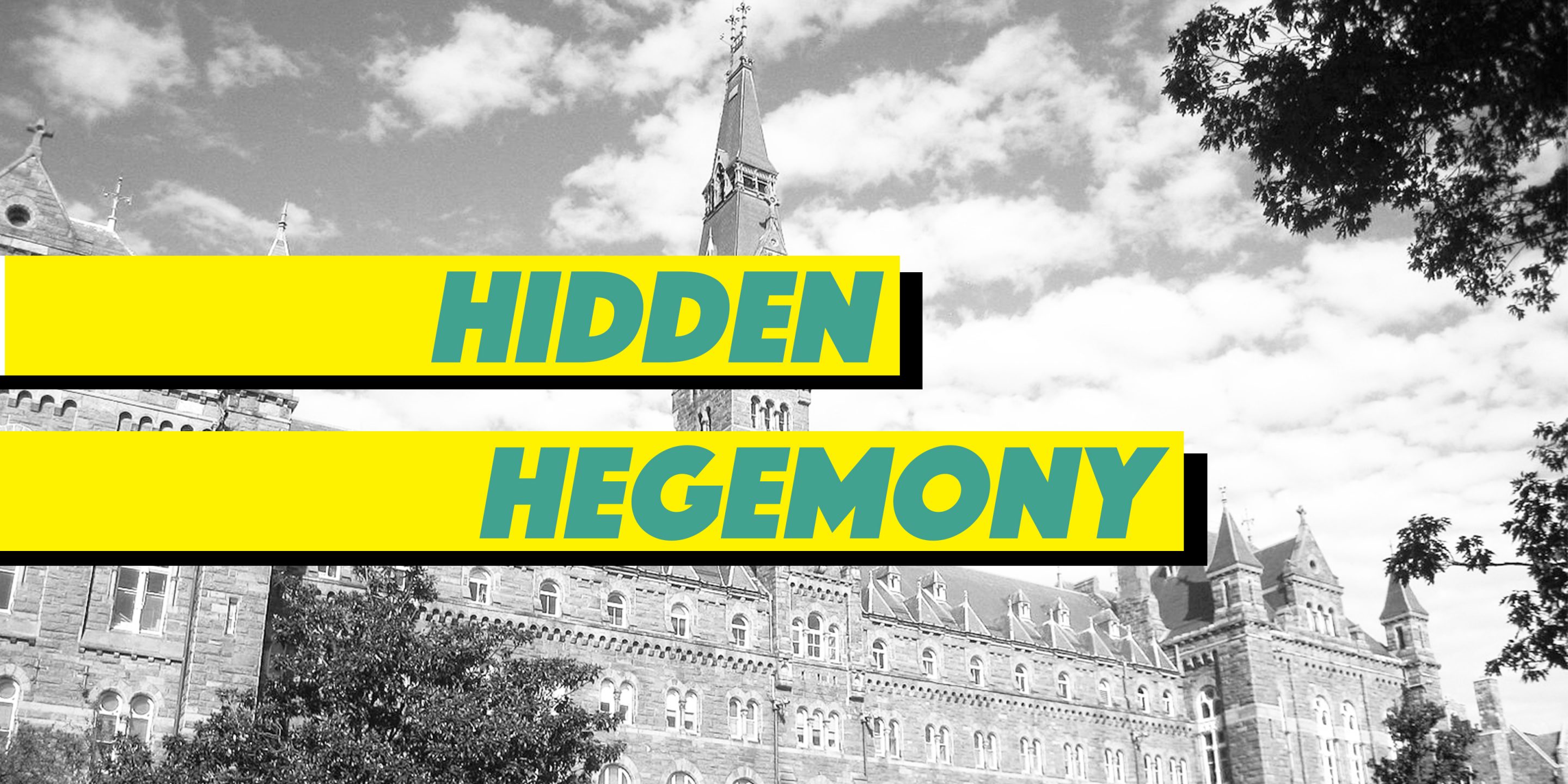Over the course of the transition period and during the preliminary days of his presidency, Donald Trump has maintained much of the rhetoric that propelled him to the White House. This narrative has emphasized the theme of American desolation, particularly in urban, inner-city America, which either existed under or was perpetuated by the Obama Administration. In his inaugural address, Trump described an America rife with “mothers and children trapped in poverty in our inner-cities,” and “the crime and the gangs and the drugs that have stolen too many lives and robbed our country of so much unrealized potential.”
This content and tone is not novel to Trump’s rhetoric. In his acceptance speech at the Republican National Convention, Trump warned of the “great danger … of violence in our streets and chaos in our communities.” He spoke of this dystopia as an “affliction,” but one that he, and perhaps he alone, could remedy. All along the campaign trail, this message continued: Our country was once great. It was safe. It has become ravaged. Our president, President Obama, has aggravated race relations; he has dishonored the police and military; he has made America unsafe. Elect me to bring back prosperity, to bring back safety, and to make our country great again.
Most rudimentarily, this kind of rhetoric exists without foundation in fact. Overall crime rates in this country, supported by consensus amongst criminologists, have fallen in the last two decades. And while violent crime in some cities rose in 2015, as conservatives including Trump like to point out, criminologists argue that conclusions cannot be drawn about a general trend from such a small snapshot.
Yet the Trump administration chooses to disregard the expertise of criminologists. The new White House website, for example, claims that “killings have risen by 50 percent” in Washington, D.C. However, the most recent data, from 2016, shows that homicides actually decreased by 17 percent.
Such misinformation can and, as all current signs suggest, will have chilling impacts on law enforcement and anti-crime policy on the federal level. On that same web page, “Standing Up For Our Law Enforcement Community,” the Trump administration calls for an increase in material support for police. On the campaign trail, Trump lauded stop and frisk policy as effective and necessary, and, in fact, advocated for its reimplementation. His pick for Attorney General has, at best, a dubious record in terms of fair racial treatment. Moreover, Trump tweeted recently, “If Chicago doesn’t fix the horrible ‘carnage’ going on, I will send the Feds!”
The irony in all of this is multi-layered and omnipresent. On the one hand, almost none of what Trump is saying about crime or about law enforcement response is factually based. On the other, arguably more important, hand, Trump’s administration and cabinet picks don’t suggest or reflect a serious commitment to crime reduction.
Take Betsy DeVos, the nominee for Secretary of Education, for example. Besides being supremely unqualified for the position, DeVos’ charter schools and school choice programs in Michigan—specifically in Detroit—have gutted the quality of education, both public and charter, available. Many fear, as families in Detroit have expressed, that Devos’ appointment foreshadows a decline in both quality of and commitment to public education.
Or take Ben Carson, Trump’s now-confirmed secretary of housing and urban development. Again, fears over Carson’s qualification have arisen due to his dearth of experience in housing or urban development. Carson has expressed, too, that the goal of social programs should be to get people off of them and that the Obama administration’s Affirmatively Furthering Fair Housing initiative is an example of failed engineered socialism.
The issues that comprise both these departments—education and housing—could not be more connected to crime, or any perceived rise in it. The more educated people are, the less likely it is that they will commit a crime. Similarly, access to quality housing is predictive of involvement in the justice system.
And thus, one is left to wonder about the midnight-in-America nature of Trump, his discourse, and his future policy. One would expect, then, that in an effort to reduce the crime he has identified as a near plague in this country, Trump’s cabinet and his policies would reflect a real effort to improve public education and access to it; would reflect a commitment to providing quality housing, including public housing, for all people and families regardless of demographic composition.
Maybe such a commitment to crime-reducing social policy will manifest itself at some point over the next four or eight years. Until then, let’s hold the administration—in its personnel and its policy—responsible to the rhetoric it used, uses, and, presumably, will continue to use by demanding qualified staffers and pointed policy, protesting in many forms and mediums, and organizing nuanced policy alternatives.
Isaiah is a sophomore in the SFS.





